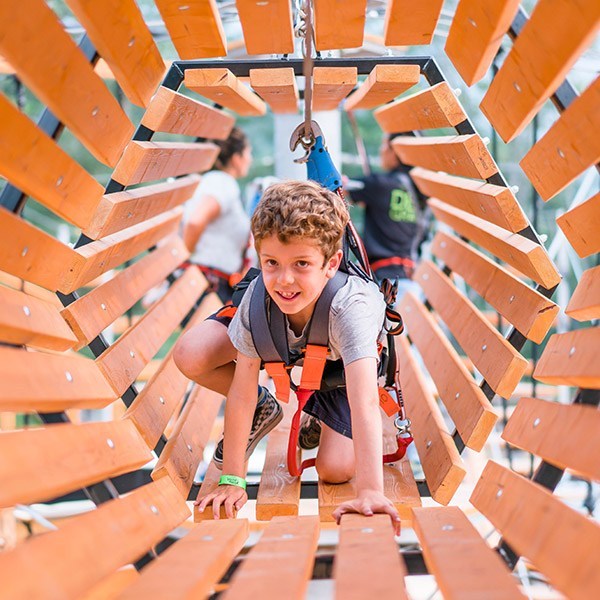Archaeological Sites of the Howe Sound
The Howe Sound and lush Squamish Valley was an ideal place to call home, and many village sites along the coast and rivers have been uncovered. A 1975 Archaeological survey uncovered sites on the islands of Keats, Bowen and Gambier. Shell middens, granite hammers, a basalt adze and many other artifacts were collected, and provided a glimpse into where and how people lived.
The Howe Sound is also home to several sacred burial sites. The oldest known remains were found at Gower Point near Gibsons, but burial sites sites are located along the coast, and even on some of the islands in the Sound. The islands provided protection from wolves and other predators that might disturb the remains. These sites are still protected and not open to visitors. Some areas, such as Defense Island are still used for events and ceremonies today.
In addition to these artifacts and sacred grounds, pictographs can be found on the rock walls of the Howe Sound at tide line. Furry Creek is home to native rock paintings believed to be anywhere from 800 to 3000 years old. The site is currently undergoing carbon dating to determine the exact age, and the images are of the same style as other First Nations art found from California to Siberia. Be sure to keep your exploring eyes out for ancient paintings the next time you are boating on the Howe Sound.
EXPLORING THESE SITES RESPONSIBLY:
Book your Squamish boat rental and enjoy visiting these sites responsibly. When visiting these islands on a summer boating trip, explorers should be aware of the possibility to find native artifacts. Please see our guide to exploring responsibly below!
- Enjoy the paintings from afar, take as many pictures as you like but do not disturb these archeology sites so that others can enjoy them for more years.
- Leave zero trace of your visit
- Certain island are bird sanctuaries and native burial grounds. These are no go lands to be enjoyed from the water so know before you go!







